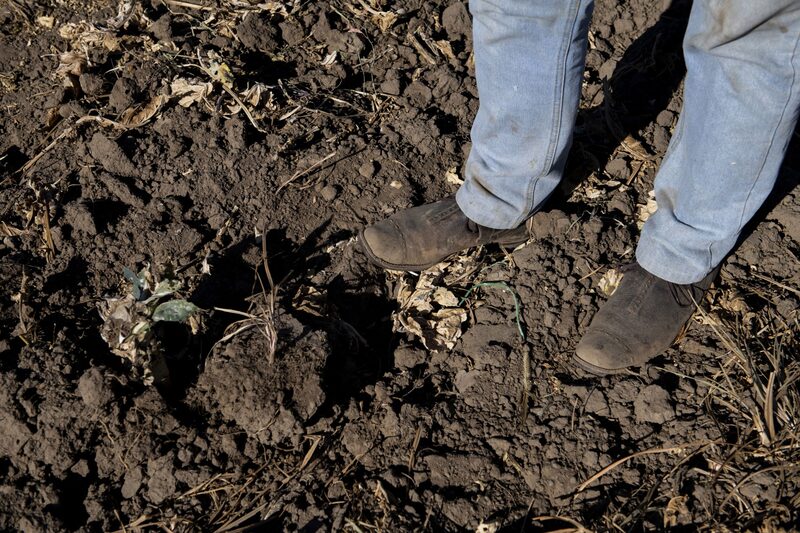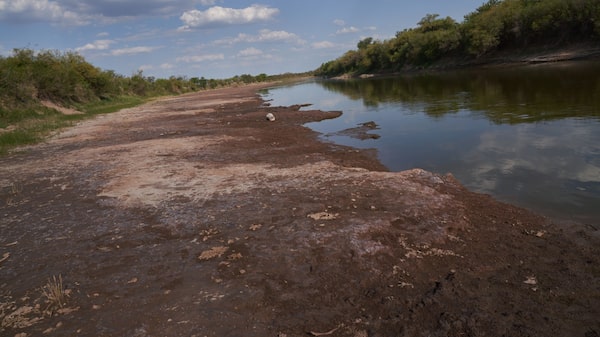Bloomberg Línea — If Latin American governments do not implement the necessary measures to mitigate the impact of climate change, economic deterioration will be constant, and by 2075 the region will see a 10% cut of its GDP, and could close the century with an economic decline of 16%, according to a report by Moody’s.
These figures, which are worst-case scenario, are described in the report as the “nightmare scenario”, with Brazil, Colombia, Mexico and Venezuela the countries most affected in the region, as they are currently the main producers and consumers of fossil fuels.
The destruction of physical production capacity and the burdens on the financial system are the economic costs that the rating agency associates with climate change and late action by governments, since this phenomenon “is a reality, and is already affecting people”.
The rating agency emphasizes that early policies and measures are more effective and “register lower losses”, predicting that in the next 50 years there will be higher inflation and GDP of less than 4.5%, to stabilize at 3.5% in 2100.
But green and transitional policies in order to mitigate the effects of climate change are not easy to adopt. A recent report by the International Monetary Fund details that while people are concerned about climate change, the sentiment does not materialize in their support for policies that seek to care for the planet.
“Much remains to be done to get the global temperature rise below 1.5°C or 2°C compared to the pre-industrial era. Closing this gap will require aggressive and carefully balanced measures to accelerate the green transition. However, even the most ingenious policies will not succeed without the support of citizens,” Bo Li, IMF deputy managing director, writes.
The IMF also concludes that clear and effective disclosure of the impacts and costs of climate change can increase public support for such policies, as global warming is a risk for most people.

Climate-change scenarios in Latin America
The latest estimates by the research association Climate Action Tracker point to a dangerous 2.7°C increase in global average temperatures by 2100 if current policies are maintained worldwide, in line with the information published by the UN in October 2022, which projects an average increase of 2.5°C by the end of the century if only current environmental commitments are met.
For Moody’s, climate change involves two types of risk: physical and transitional. The first is the real damage to the economy that this phenomenon can produce, such as damage to production infrastructures and the deterioration of the health of workers who work outdoors and in high temperatures. The second is the cost to the economy resulting from policies to mitigate climate change, such as those employed for decarbonization.
Faced with these types of risks, Moody’s posed three scenarios that evaluate the economic effects by making different combinations of the risks posed:
- Reference case: a counterfactual case that assumes that climate change does not significantly dislocate the economy; therefore, no policy actions are needed to stop it.
- Current policy: no further action is taken to combat climate change beyond what is already in place. Given the absence of new policy measures, there is no transition risk; however, the physical risk is significant given the materialization of severe weather events.
- Early policy: in this case, governments immediately adopt policy measures to mitigate climate change by reducing carbon emissions, with the goal of reaching zero emissions by 2050. Physical damage is minimized, but there are transition risks, although government policies soften over time.
- Late policy: policy measures to mitigate climate change are delayed until 2030. Although physical damage is reduced, the economy suffers significant disruption once governments implement policies at an intensified and accelerated pace after 2030. Thus, this scenario presents the greatest transition risk.
“Overall, our scenario simulations show that the Latin American economy is negatively impacted in all three policy cases compared to the baseline case, although the losses are different depending on the type of policies implemented,” the text adds.





